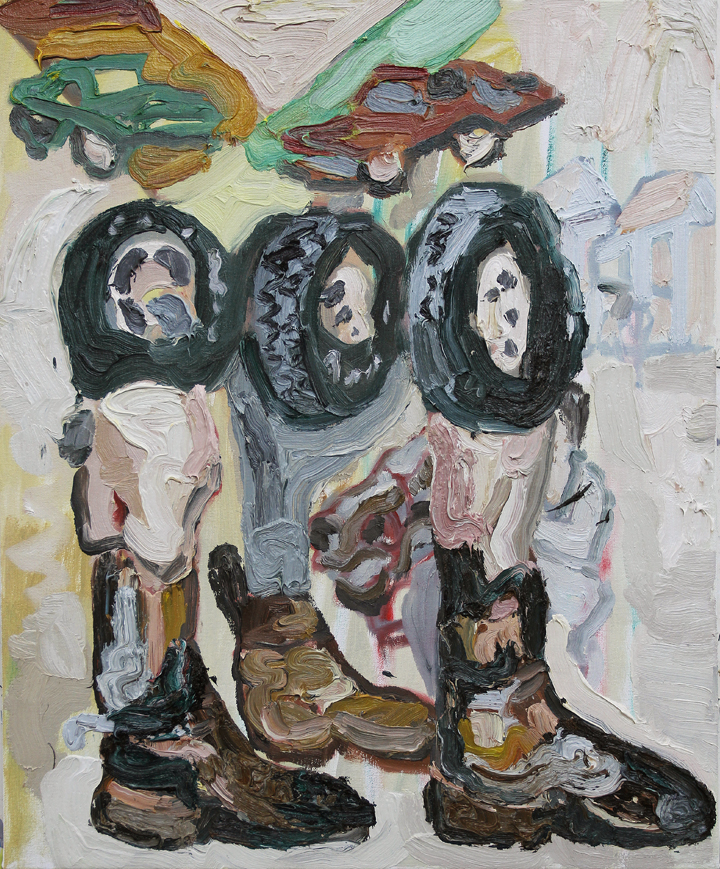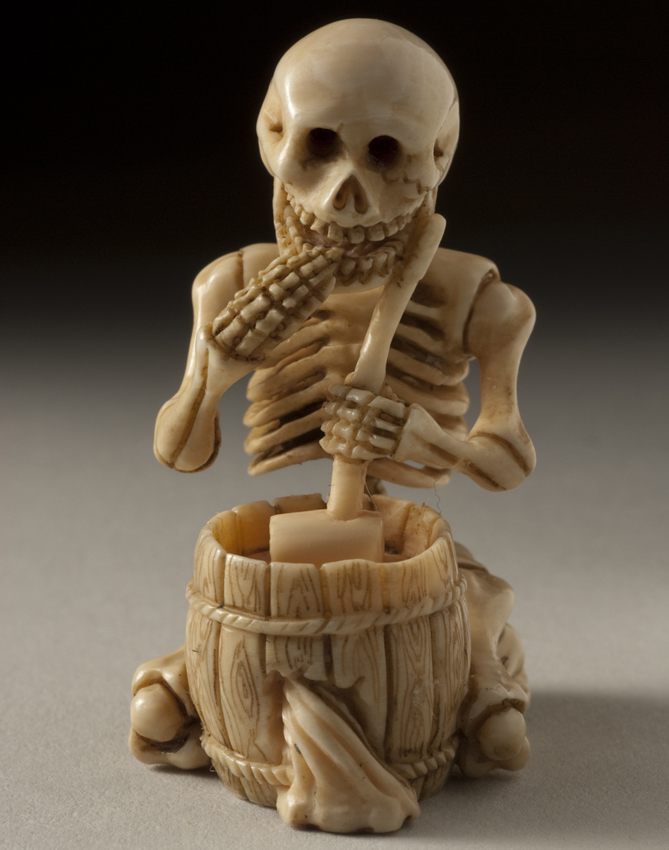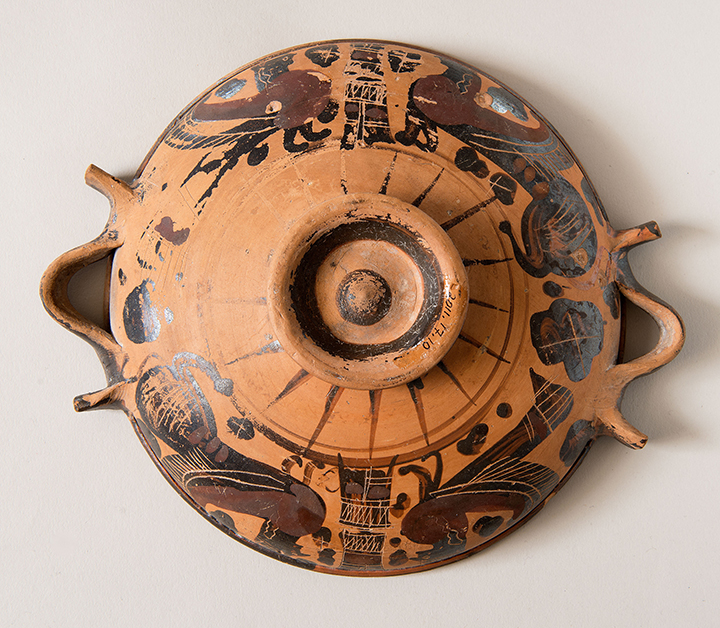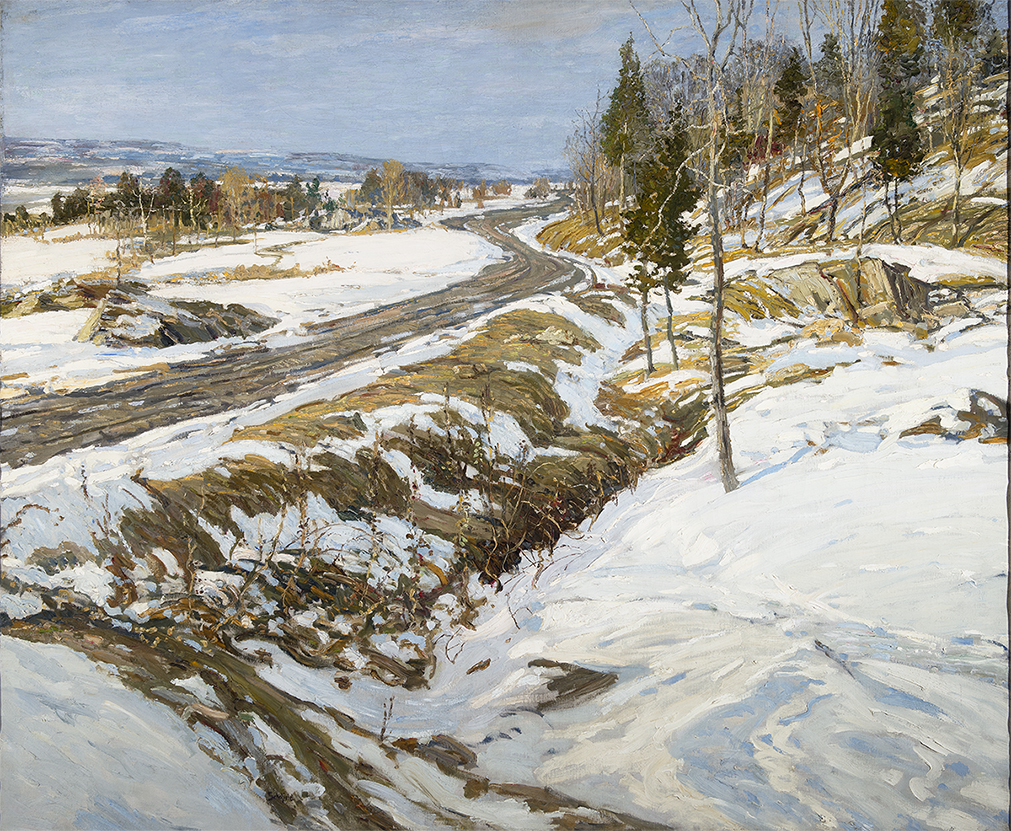In 2006, I made a body of work specifically about the concept of negotiation. This group of sculptures and drawings were shown in Berlin, Germany. In the catalogue for the show, Pamela Franks, Deputy Director of Collections and Education at the Yale University Art Gallery, provided the viewer with a pathway for interpreting the work.
“The genesis of the composition… in these sculptures was a single semicircle with short horizontal elements at either end suggesting platforms for some further exchange. This formal starting point, a two–ended game of balance, is a direct manifestation of the artist’s central conceptual preoccupation in this body of work: the idea of negotiation. The two seats of communication are balanced at either end of a connector that paradoxically keeps the positions apart….The accumulation of individual connecting elements into the overall composition suggests a constellation of relationships with all the negotiable bends and turns, and made or missed connections, of human discourse.”
As I took a fresh look at the idea of negotiation, I realized that many of my sculptures reflected a subtle preoccupation with this concept. This show pulls together a broader body of work that considers the many ways that we negotiate. There are pieces from twenty years ago as well as newly developed work. I have used the materiality of the objects to explore the possibility of a larger narrative. I like to think that, through this work, there is an imaginary space between complexity and certainty that establishes a negotiation between objects.
Arbus, Frank, Penn: Masterworks of Post-War American Photography comprises thirty-six vintage gelatin silver prints by three of America's leading photographers working in the 1950s and 1960s. The selection of works by Diane Arbus date from 1961 to 1970 and include many of her most celebrated portraits: Identical Twins, Roselle, N.J.; Boy in a Straw Hat Waiting to March in Pro-War Parade, N.Y.C.; and Boy with a Toy Hand Grenade in Central Park, N.Y.C. Irving Penn's photographs date from 1948 to 1951, and cover his three most important series from those years: the “Small Trades,” the “Big Nudes,” and the confrontational portraits of the mountain-top inhabitants of Cuzco, Peru. The Robert Franks photos date from 1953 to 1958 and feature some of the key works reproduced in The Americans, arguably the most influential photography book of the past century. Together, these works capture the incipient fissures of Eisenhower-era America across racial, generational, urban/rural, fault lines that were to explode in the decade to follow.
Exhibition organized by art2art Circulating Exhibitions.
This exhibition features recent work by Dickinson College studio faculty members Todd Arsenault, Andrew Bale, Anthony Cervino, Ward Davenny, and Barbara Diduk.
Elsewhere is accompanied by a 124-page catalogue with essays by Kriston Capps, Brenton Good, Janet Koplos, Jonathan Pappas, and Dushko Petrovich and an introduction by Elizabeth Lee.
To view the exhibition catalogue:
https://www.troutgallery.org/publications/museum-publications/
To acquire a complementary catalogue contact Stephanie Keifer at keifer@dickinson.edu.
For additional information on the artists and the studio program at Dickinson College see:
http://www.dickinson.edu/info/20095/art_and_art_history/1864/studio_art
Through April 11, 2015
The artists in this exhibition created work engaged with the political, social, and cultural climate that defined a turbulent period of American history in the 1960s and 1970s. Some of the work champions specific organizations, including Amnesty International and the Methodist Student Movement, which published Motive--a radical and influential arts-oriented magazine. Other artists took up particular causes, including the environment, civil rights for African-Americans and Native Americans, as well as peace at a time when the nation was immersed in the controversial Vietnam War. A few artists, including Pablo Picasso, Romare Bearden, and Ben Shahn, are best known for work they completed before the 1960s, but they continued making art or their art continued to resonate through the Civil Rights era. A final group of works in the exhibition draws the theme of art and social justice into the present day, reminding us that artists continue creating art that speaks truth to power and makes social injustice visible.This exhibition is curated by senior art history majors Kyle Anderson, Aleksa D'Orsi, Kimberly Drexler, Lindsay Kearney, Callie Marx, Gillian Pinkham, and Sebastian Zheng, under the direction of Elizabeth Lee.
Opening Reception: Thursday, March 5, 4–5 pm
Bones are a vital part of us; in life, beneath our skin, they form the living structure that animates our bodies; in death, stripped of flesh, they hauntingly remind us of our mortality. From medieval danse macabre to the Mexican Día de los Muertos celebrations, bones—particularly human skeletons—fascinate us. We find them entertaining and comical, yet frightening and gruesome. When re-animated in art and imagination, they often participate in lively scenes representing evil and death, vanity and time, and ancestors and the afterlife. Yet, in more rational contexts, skeletons and bones are informative and the object of scientific study. Bones: Representing the Macabre features visual commentaries on war, illustrations of the Apocalypse, scenes of spiritual resurrection, and anatomical drawings for scientific study. The exhibition includes a number of prints from Georges Rouault’s evocative series Miserere, which compares the suffering of World War I to Christ’s Passion. The twenty-three objects come from the Trout Gallery’s permanent collection and the Special Collections of Dickinson College. They illustrate how the bones inside us have come to represent a wide range of meanings and reveals intimate human attitudes regarding life and death.
This exhibition is a curatorial project by Lindsay Kearney, ’15
MOBILE APP tgapp.dickinson.edu
May 22–September 26, 2015
In ancient Greece, ceramic vessels were used for a variety of purposes, from storing food and drink and rewarding Olympic champions, to marking graves in cemeteries and decorating dining rooms. This exhibition considers the nature and function of ceramic vessels from Greece and Cyprus. The Cypriot vessels in this exhibition date from the Late Bronze Age and Early Geometric period. Their shape and decoration reveal the role of Cyprus as a center for trade, which encouraged the development of specific types of vessels to indicate their nature and origin.
The vessels from Greece come from the fifth and fourth centuries BC and were produced in the region around Athens. During this time, Greece was experiencing what can be called a “golden age,” characterized by the flourishing of writing, philosophy, and art. The highly refined nature of the decorations and the inclusion of figurative and narrative elements illustrate the dominant role of Athens in the producing of fine ceramic ware.
By examining the relationship of the vessel shapes to their decorations, viewers can examine key questions: what were the functions of specific ancient Greek and Cypriot ceramics? Did decorative design interplay with shape and function, and if so, how?
These works are on loan from Bryn Mawr and Wilson colleges.
This exhibition is a curatorial project by archaeology major Sarah Eisen ’15.
Reception: September 4, 2015, 5–7pm
Walter Elmer Schofield (1866–1944) was a leading figure among the Pennsylvania landscape painters working in the Bucks County / New Hope area. He is best known for his vibrant, masterfully painted winter scenes of snow-covered riverbanks along the Wissahickon, Schuylkill, and Delaware Rivers and as well for his bright, summer views of cottages and the rocky coastline of Cornwall, England. Schofield gained prominence during the early decades of the twentieth century, showing his work widely and successfully in major museums, expositions, and galleries in New England, New York, the Mid-Atlantic, and the Midwest.
Schofield was born in Philadelphia and attended the Pennsylvania Academy of the Fine Arts (1889–1892) and the Académie Julian in Paris (1892–1894). In spite of such academic influences, Schofield, like many American artists, was drawn to the French impressionists, who, in the 1870s, painted out-of-doors (en plein-air) with vigorous daubs of color in a manner that challenged the artistic establishment.
By the turn of the century, Schofield developed a style that integrated the plein-air qualities of the impressionists with the vibrant color contrast of the realists. This manner, which is displayed in the works selected for this exhibition, became a hallmark of the Pennsylvania impressionists.
Schofield: Impressionist Landscapes presents an intimate selection of seventeen works by the artist. It complements the pioneering retrospective exhibition organized by the Woodmere Art Museum (2014), drawing together key works from that venue as well as from other important collections.
This exhibition is organized by THE TROUT GALLERY.

.jpg)
-2.jpg)
 web-2.jpg)























































































